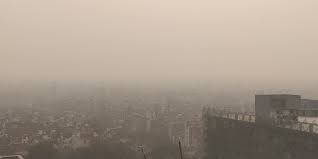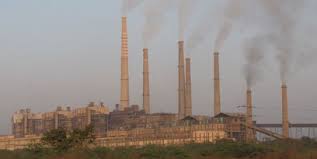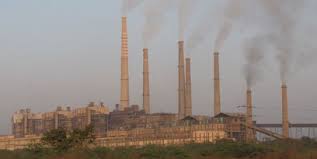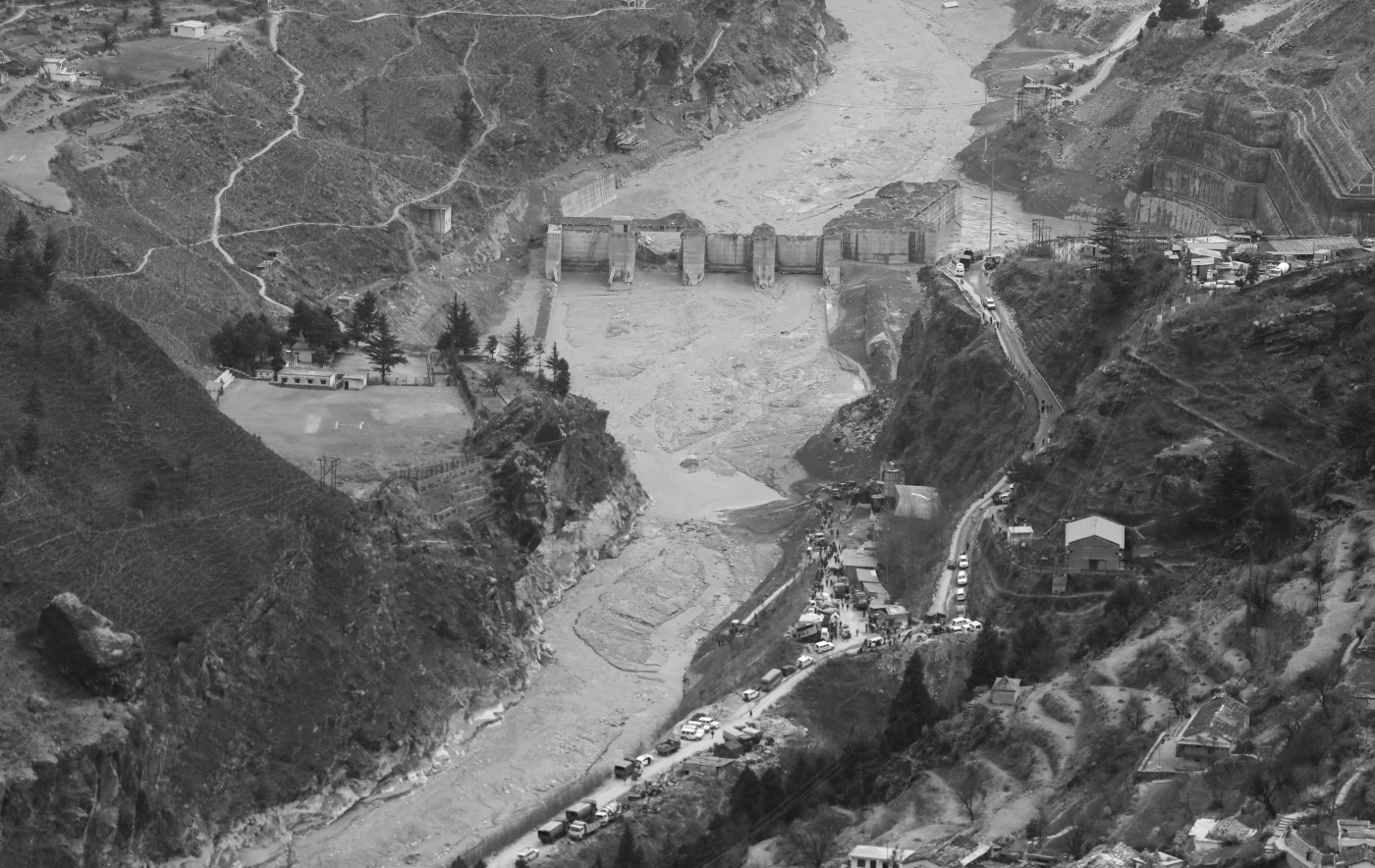While legal experts have questioned its national capital centric approach, environmental experts are not sure if the bureaucratic body that will be formed will be able to take stringent measures against the menace of air pollution
“The Air Quality will get even worse, I have seen the ordinance and it will not take care of anything this year.”
That was Senior Advocate Vikas Singh, who appeared for a class XII student and a law student, who are the petitioners in the current case in the Supreme Case that has prompted the Centre to come up with an ordinance. This comment just about sums up the confidence that the ordinance to set up a ‘Commission for Air Quality Management for the National Capital Region (NCR) and adjoining areas 2020’ (The adjoining areas comprise states of Haryana, Punjab, Rajasthan, and Uttar Pradesh) has evoked.
As per the ordinance, notified late Wednesday night and out in public domain on Thursday morning, polluters may now face a 5-year jail term and a fine of up to Rs 1 crore. The Commission will have 18 bureaucrats and scores of co-opted members drawn from various ministries. It will have powers to issue directions for control of pollution, it can take suo moto cognizance of complaints and act against polluting industry, including stopping power supply.
This Commission, the Ordinance states, will replace all other committees to streamline public participation and inter-state cooperation for managing air pollution in the Delhi-NCR area.
But as pointed out by the petitioners, the Ordinance will fail to curb pollution this winter season. A number of experts have been pointing out for years together how there was a need of a unified body that has powers to act against polluters and also for an air-shed approach, which means, considering a wider geographical area and also the meteorology, especially wind flow directions.
The Ordinance, even when it states that it comes into effect “at once”, will take a lot of time to implement since the Rules are to be formed and notified.
A careful reading of the text of the Ordinance shows that the Centre has actually confessed to the lack of a dedicated agency, permanent in nature, unlike the Environment Pollution (Prevention and Control) Authority (popularly known as EPCA) set up in 1998, and absence of coordinated efforts among the States involved. “Air pollution is not a localized phenomenon and effects are felt even far away from the source, thus creating the need for regional level initiatives through inter-State and intercity coordination,” it reads.

There already was a Graded Action Plan (GAP) for the Delhi NCR and there was a National Clean Air Programme (NCAP) by the Ministry of Environment, Forests and Climate Change (MoEF&CC) launched in January 2019. Under the NCAP, it is expected National Air Quality Standards will be met in all (102) non-attainment cities identified by the Central Pollution Control Board (CPCB). With the Commission overriding EPCA, possibly GAP will be ineffective, but the programme for 102 non-attainment cities would continue.
Why just Delhi-NCR?
Even when air pollution in Delhi-NCR becomes a topic of prime debate every winter owing to the burning of crop residue by the farmers in Haryana and Punjab, there are scores of places across India that witness much more pollution, that too round the year.
Several areas of Jharkhand and Chhattisgarh that have a plethora of mines and power plants among other industries or cities such as Chandrapur in Maharashtra face much severe air pollution almost round the year. All these could have been addressed by bringing in a template of a Commission that can be replicated in each of the problem areas. These problem areas, what the ordinance addresses, is a relatively newer concept for India – the air-shed. It is a geographical area within which multiple factors affect the given area’s air pollution. But with national capital centric approach, experts feel, it is a lost opportunity.

Even when the new Commission could bring “focused and sustained attention to air quality and help solve inter-departmental coordination problems,” Dr Navroz Dubash, Professor, Centre for Policy Research & Lead Coordinating Author, Inter-governmental Panel on Climate Change (IPCC) pointed out adding “Air pollution is more than an NCR problem. (Formation of) the Commission is a lost opportunity to explicitly set the ground rules for an air-shed based approach – one that could have been deployed in polluted areas across the country.”
The ordinance again emphasises that the lives of people in other parts of the country are not valued as much as it is done for citizens in Delhi-NCR, we have hazardous air pollution situation throughout most of the country and the ordinance fails to address that issue – Sunil Dahiya, Analyst, Centre for Research on Energy and Clean Air (CREA)
The most vocal opposing voice was that of Ritwick Dutta, an environmental lawyer and Founder, Legal Initiative for Forests and Environment(LIFE). “Having correctly identified the regional nature of the problem and the need to go beyond the local, it goes on to state that there is a need ‘for a permanent solution and establish a self-regulated, democratically monitored mechanism to tackle air pollution in the National Capital Region and Adjoining Area’.”
This proves that the main purpose of this Ordinance is to improve the air quality only in the National Capital Region, Dutta said, adding, “Unless the Central Government sets up similar committees in other polluted regions of the Country, it violates the right to equality under Article 14 of the Constitution and discriminates against those who are not in the NCR. Clearly, there are equally if not more polluted regions which are beyond the NCR.”
More issues with the Ordinance
But these are just the important, obvious issues. The Ordinance has drawn flak from various experts owing to its composition or the fine amount restricted to mere Rs 1 crore (when the NGT has in various cases imposed Rs 100-150 crore as fine).
As one of the experts said, “One can hope that there will be serious debate in Parliament when the Government presents this ordinance on the reopening of Parliament.” Rightly so as the current Ordinance continues to see “air pollution as a scientific and technical issue overlooking the social aspects of the problem.”
(This news was first carried by NewsRoom24X7 on October 29, 2020 and can be read here).




